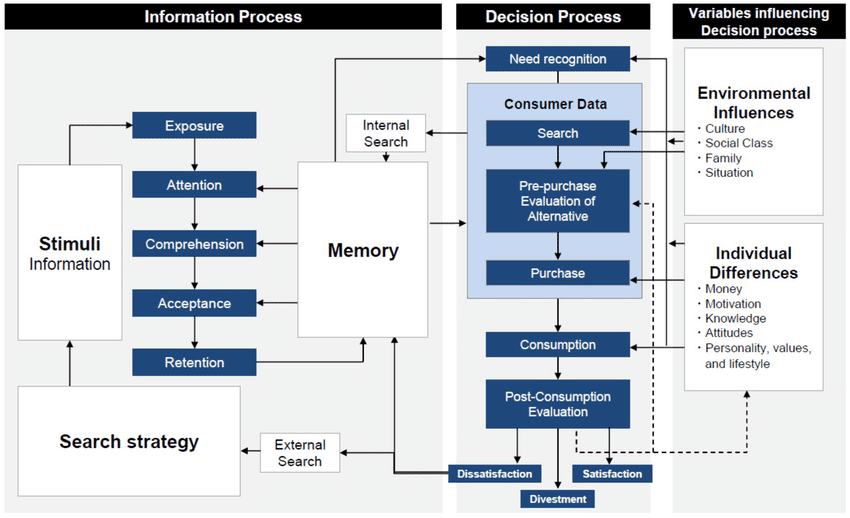Think about the last time you purchased something. It could be food from the grocery store or a new phone, but your motives and needs are likely driving your decision. The same applies to customers who browse your inventory page or enter your showroom. Each has different reasons that motivate them to buy a car from you.
CRM platform company HubSpot outlines some consumer behavior models that can show insight into buying habits and why individuals make certain purchasing decisions. Understanding these models can help you create a strategy to best appeal to your customer base.
Here are a few consumer behavior models to pay attention to and a look at how they can impact the car buying process:
1. Psychoanalytical
This model conveys that customers have deep motives for wanting a particular item. Their purchase could involve long-held desires or even relate to fears. At your dealership, this could look like someone mentioning that they’ve always wanted a particular vehicle because of childhood memories.
Even the specific color or style of the vehicle could be related to personal beliefs or past experiences. This person likely already has an emotional attachment to what they want. This person might be more willing to bend on limiting factors like price since they are influenced by emotion.
2. Sociological
We’re all a part of societal groups. Whether we’re family members or work at a specific company, we are all impacted by who we’re around. Someone’s societal group can also impact their car buying decisions. For example, a parent walking into your dealership may seek out a larger vehicle or SUV because their peers all do.
This could also apply to individuals high on the corporate ladder who want luxury vehicles to fit in at their respective companies. You want to appeal to this individual’s status within their group. Like psychoanalytical, this model is also influenced by emotion. This is where knowing specific customer characteristics, like employment status and hobbies, can come into play.
3. Economic
This is one you’re likely already familiar with. This model shows how individuals are driven by a blend of price and the amount of money they have to spend. Most individuals will try to pay the least amount for items if they can.
Since this model is purely quantitative, you can create models and projections to track car buyer incomes and the cars they buy (total price and monthly car payments). However, there could be some notable hiccups that involve some additional context or analysis.
For example, with the recent car and semiconductor shortage, some individuals were willing to go over budget to get the car they wanted.
4. Engel-Kollat-Blackwell
This consumer behavior model aligns very much with the consumer buying process. It’s all about the decision process consumers, and in this case, car buyers, are making. It goes through five stages:
- Awareness
- Information processing
- Evaluation
- Purchasing decision
- Outcome analysis


Source: ResearchGate
Consumers are constantly gaining information, connecting what you offer to their needs, evaluating you and the competition, deciding to buy, and then deciding if they want to become repeat customers.
This is where providing adequate information at every turn will be pivotal. From keeping your website updated and responsive to sending out surveys to learn more about their customer experience, taking advantage of various touchpoints can make a massive difference in this behavior model.
5. Black Box
Have you ever been motivated to grab some fast food after seeing a commercial on television? This is a simple example of how the Black Box consumer behavior model works.
The Black Box hinges heavily on producing marketing materials that influence consumer purchasing decisions. For example, that paid Facebook ad showing your newest acquisitions is the external stimulus that can impact consumers.
Your car buyers may take this information and apply it to their own personal experiences and needs. In the ad, if you were targeting customers looking for a sports vehicle, and you mention the car’s features (speed, style, and mechanical specifications), they may decide to move forward if it fits in with their wants and needs.
Final Thoughts
Looking at marketing and sales strategies through a lens of consumer behavior models can help you create plans to better appeal to your audience. Suppose you have subsets of customers that you know are price sensitive.
In that case, an economic model may be appropriate, while a sociological or even psychoanalytical model may more influence customers who are into more high-priced cars. You may even have to employ a blend of two models. Knowing what model to use can help you better meet your consumers where they are.



